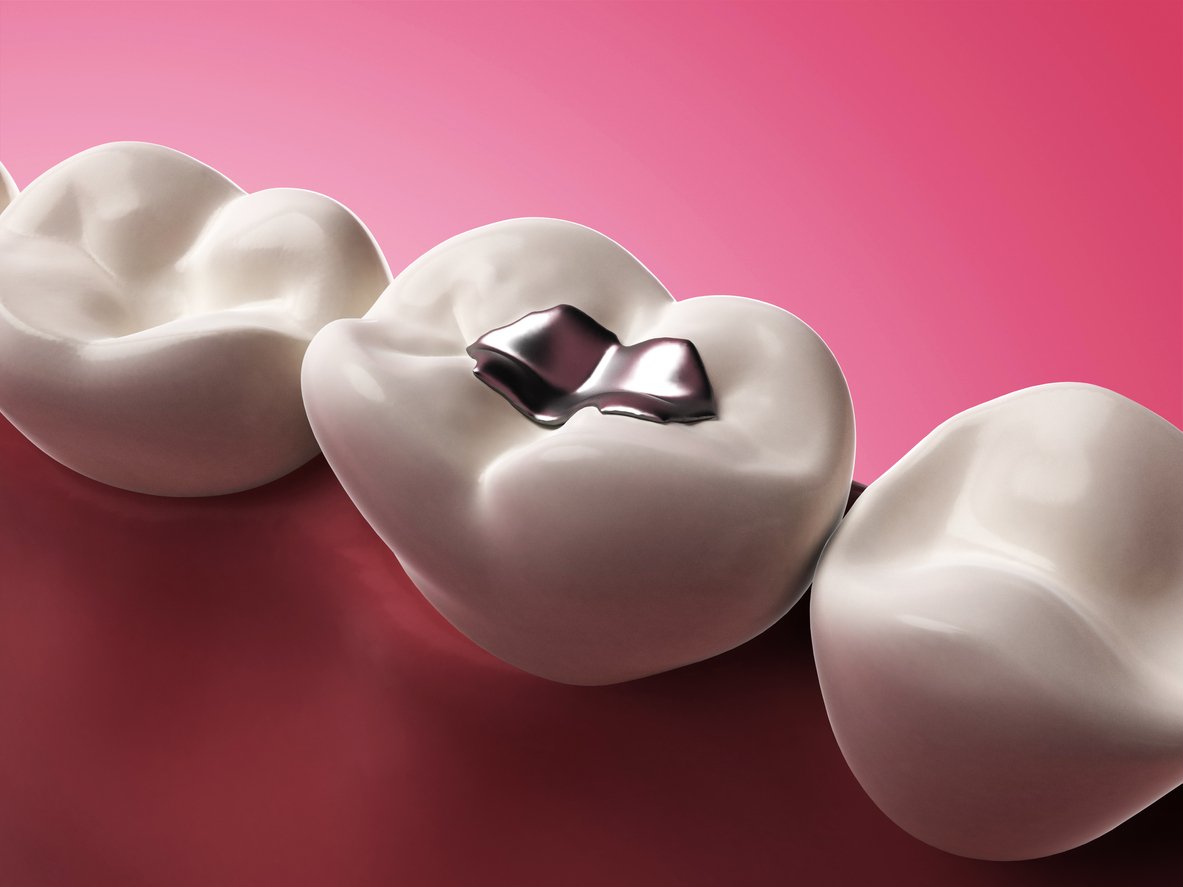What To Expect With A Dental Filling
Many people fear the dentist. Even going in for a routine cleaning can bring terrible anxiety. Finding out that you have a cavity and need a filling can make it even worse. You may have made it through the examination and x-rays, but are worried about the whole process.
What happens when you get a filling?
You don't need to do anything special before your filling
You can eat your breakfast and brush your teeth as normal. Timing is also important. You may find that you do better with a morning appointment, so you aren't worried about it all day. Some people do better after lunch. They may be a little squeamish in the morning and need to wait until their stomach is settled.
When you get to your appointment, they will numb your mouth
Usually, a topical gel is used to numb the area before a local anesthetic is injected into your mouth. If you are really nervous, your dentist may recommend using nitrous oxide gas to help you get through your procedure. Some dentists offer complete sedation for those that need (or want) it.
Then, your tooth will have to be prepared
During this part of the filling, your dentist will need to clean out the bad parts of your tooth. This includes the cavity and any areas that are damaged. This will be done with a handheld instrument. A drill may also be used. You may need your mouth suctioned out during this time. After your tooth is ready, your dentist will apply a gel that will help to clean your tooth, so it will be ready for the filling.
Your filling will be applied next
Before the filling is added, your dentist will place adhesive material on your tooth. This helps the filling to bond to your tooth. Then, your dentist will either add composite material or resin to the area that was damaged. Your dentist will likely have an assistant who will hold a light on the area to help it harden.
If the damage is significant, your dentist may need to do this several times, until he or she has built up the area to match up with your other teeth.
After the area is built up, your dentist will put on the finishing touches
He or she will smooth any edges. You may have to bite down on carbon paper to check your bite. If your filling is too high, your dentist will have to file it down so that it is in line with your other teeth. This may take a few tries to get your filling to match up with your other teeth.
This step is very important so that you can eat normally. It will also protect the filling. Then, you will be on your way.
Is there any aftercare with a filling?
Most people can go right back to their daily lives
They may go back to school or work, though their mouth will be numb for a few hours.
You may feel some discomfort in your mouth
This should only last a few hours. If it lasts longer than that, you need to get it checked out. You may also want to take some over-the-counter medication to help you through the first few hours, since you might feel some soreness.
You can continue your normal oral hygiene routine
You should be able to brush and floss normally after your procedure. Mouthwash is also important to keep your mouth as healthy as possible (to ward off any other cavities). You should choose one that has fluoride in it to help you keep bacteria at bay.
Make sure that you check your cavities regularly
You may notice that your filling breaks away from your tooth. This is bad because it is a great place for bacteria to hide, causing an infection. They can also break and may need to be repaired.
If you are experiencing pain, you need to get it checked out. Don't hesitate to contact us today to see how we can help you get through this. We are dedicated to taking care of your oral health, while providing a pain-free experience.

